Npk Fertilizer: The Ultimate Guide To Choosing The Right One For Your Plants
Title: NPK Fertilizer: The Ultimate Guide to Choosing the Right One for Your Plants
Introduction:
NPK fertilizer is one of the most important tools for plant care. It provides the essential nutrients that plants need to grow strong and healthy. But with so many different types of NPK fertilizer on the market, it can be tough to know which one is right for your plants.
In this blog post, we will discuss the basics of NPK fertilizer, including what it is, what it does, and how to choose the right one for your plants. We will also provide some tips on how to use NPK fertilizer safely and effectively.
What is NPK fertilizer?
NPK fertilizer is a type of fertilizer that contains three essential nutrients for plant growth: nitrogen (N), phosphorus (P), and potassium (K). These nutrients are known as macronutrients because they are needed in large quantities by plants.
Nitrogen is responsible for the growth of leaves and stems. Phosphorus is important for root growth and flower and fruit development. Potassium helps plants with a variety of functions, including photosynthesis, water use efficiency, and disease resistance.
What does NPK fertilizer do?
NPK fertilizer provides the essential nutrients that plants need to grow strong and healthy. It can help to increase plant growth, improve flower and fruit production, and make plants more resistant to pests and diseases.
How to choose the right NPK fertilizer for your plants
When choosing an NPK fertilizer, there are a few factors to consider, including the type of plant you are growing, the stage of growth your plant is in, and the soil conditions in your garden.
Type of plant: Different types of plants have different nutrient requirements. For example, leafy greens need more nitrogen than flowering plants.
Stage of growth: Plants have different nutrient requirements at different stages of growth. For example, young plants need more nitrogen than mature plants.
Soil conditions: The nutrient content of your soil will also affect the type of NPK fertilizer you need. If your soil is already rich in nutrients, you may not need to use as much fertilizer.
Here are some tips for choosing the right NPK fertilizer for your plants:
- Read the fertilizer label carefully to see the nutrient content of the fertilizer.
- Choose a fertilizer that is specifically formulated for the type of plant you are growing.
- If you are not sure what type of fertilizer to use, ask a gardening expert for advice.
How to use NPK fertilizer safely and effectively
NPK fertilizer is safe to use when used properly. However, it is important to follow the instructions on the fertilizer label carefully.
Here are some tips for using NPK fertilizer safely and effectively:
- Apply fertilizer to the soil, not to the leaves of plants.
- Water the fertilizer in after applying it to the soil.
- Do not over-fertilize your plants.
Conclusion
NPK fertilizer is an important tool for plant care. By choosing the right NPK fertilizer for your plants and using it safely and effectively, you can help your plants grow strong and healthy.
NPK fertilizer is a type of fertilizer that contains nitrogen (N), phosphorus (P), and potassium (K). These three nutrients are essential for plant growth and development. NPK fertilizers are available in a variety of formulations, so you can choose one that is right for your specific needs.
If you are interested in learning more about NPK fertilizer, I recommend visiting Home Gardening. This website provides a wealth of information about NPK fertilizer, including its benefits, how to use it, and safety precautions.
FAQ of npk fertilizer
- What is NPK fertilizer?
NPK fertilizer is a type of fertilizer that contains three essential nutrients for plant growth: nitrogen (N), phosphorus (P), and potassium (K). The N-P-K ratio on a fertilizer label tells you the percentage of each nutrient that is present in the fertilizer. For example, a fertilizer with an N-P-K ratio of 10-20-10 contains 10% nitrogen, 20% phosphorus, and 10% potassium.
- What are the benefits of using NPK fertilizer?
NPK fertilizer can help to improve plant growth, flowering, and fruiting. It can also help to increase the overall health and vigor of plants. Additionally, NPK fertilizer can help to improve the quality of soil and make it more nutrient-rich.
- How do I use NPK fertilizer?
The amount of NPK fertilizer that you need to use will depend on the type of plant you are growing, the soil conditions, and the desired results. It is important to follow the instructions on the fertilizer label carefully.
- What are the safety precautions for using NPK fertilizer?
NPK fertilizer can be harmful if it is not used properly. It is important to wear gloves and eye protection when handling fertilizer. Additionally, you should keep fertilizer out of reach of children and pets.
- What are some alternatives to NPK fertilizer?
There are a number of alternatives to NPK fertilizer, including organic fertilizers, such as compost and manure, and slow-release fertilizers. Organic fertilizers are a good choice for gardeners who want to avoid using synthetic chemicals. Slow-release fertilizers release nutrients over time, which can help to prevent nutrient burn.
Image of npk fertilizer
- NPK letters made of mineral fertilizers background. This image shows the letters NPK made up of different types of mineral fertilizers. The colors of the fertilizers correspond to their NPK values.
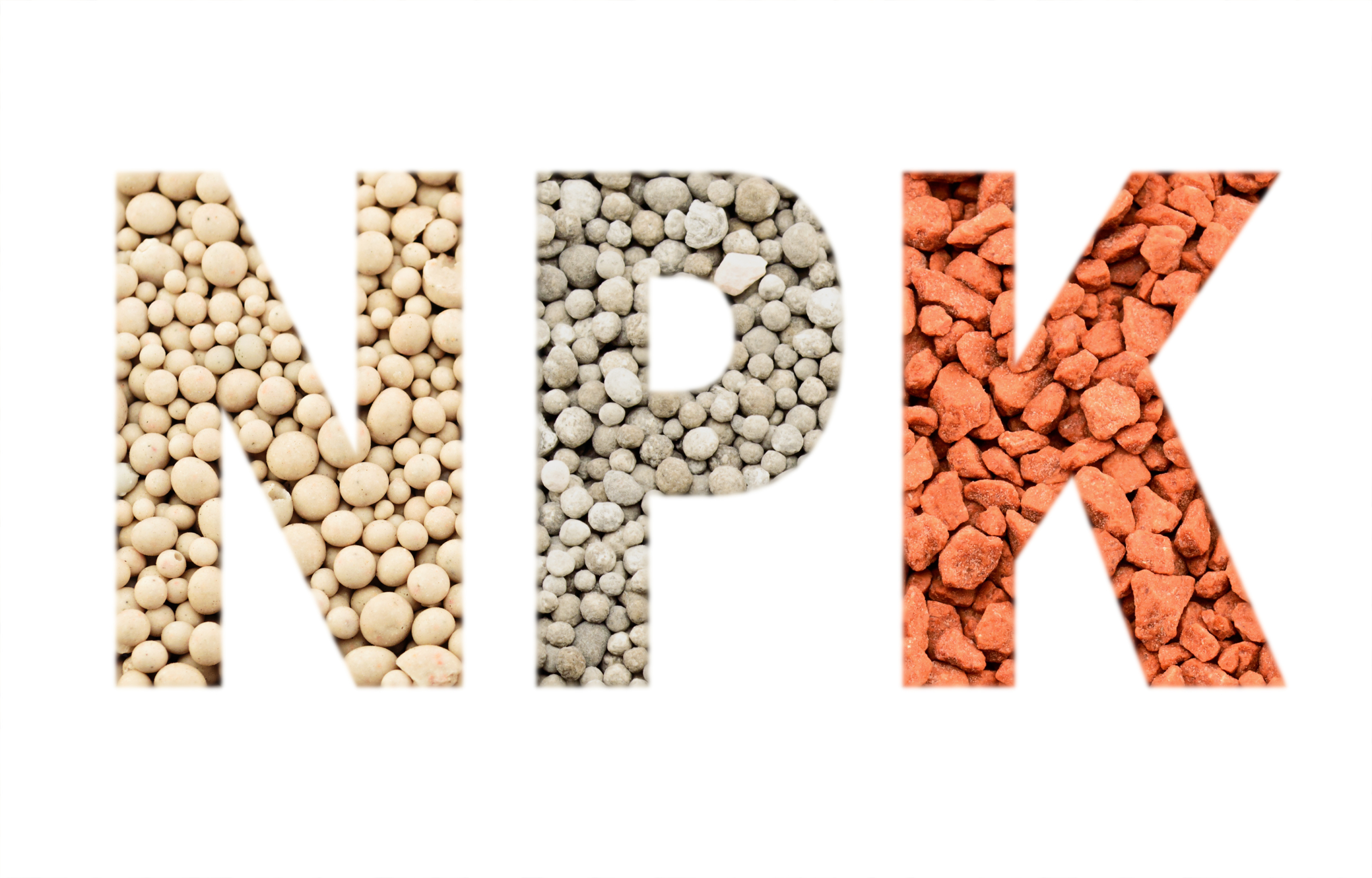
- NPK, Nitrogen, Phosphorus, Potassium, Garden Fertilizer Chart, Guide, Infographic Vector. This image is a vector illustration of an NPK fertilizer chart. The chart shows the different NPK values of different types of fertilizers, as well as the benefits of each nutrient for plants.

- Young plant growing in soil against sunny background with 16 digital nutrients icon which nessesary in. This image shows a young plant growing in soil against a sunny background. The plant is surrounded by 16 digital icons of the nutrients that are essential for plant growth, including NPK.

- Chemical fertilizers isolated on white background. This image shows a variety of chemical fertilizers isolated on a white background. The fertilizers are labeled with their NPK values.

- A bag of NPK fertilizer with the numbers 20-10-10 printed on it. This image shows a bag of NPK fertilizer with the numbers 20-10-10 printed on it. The numbers indicate the NPK value of the fertilizer, which is 20% nitrogen, 10% phosphorus, and 10% potassium.
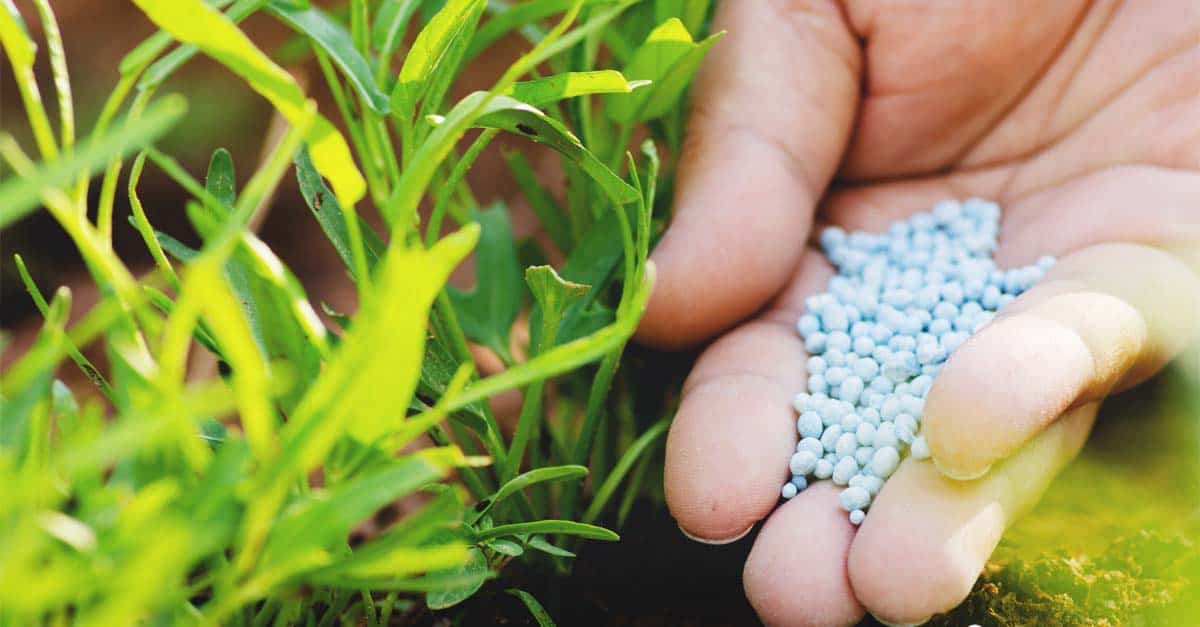
- A hand holding a handful of NPK fertilizer. This image shows a hand holding a handful of NPK fertilizer. The fertilizer is a granular, brown substance.
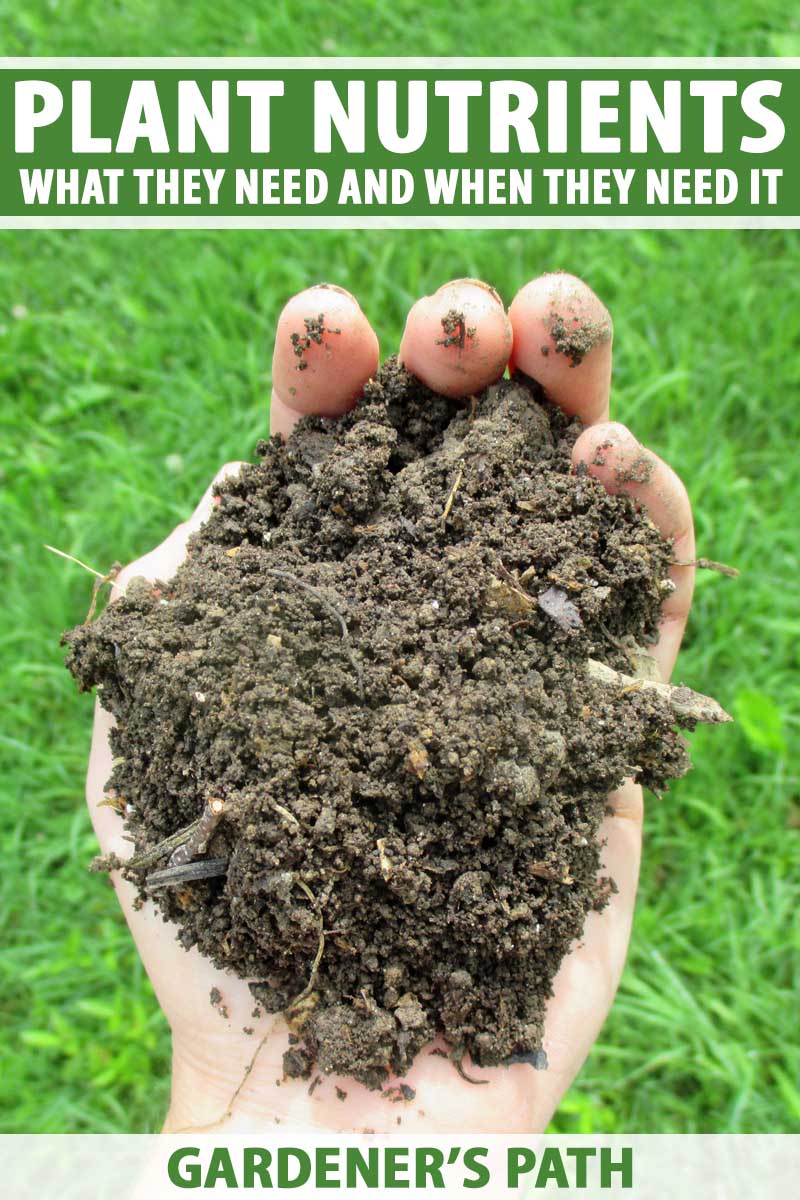
- A plant with healthy green leaves and flowers. This image shows a plant with healthy green leaves and flowers. The plant is well-fertilized and is clearly benefiting from the nutrients in the fertilizer.

- A plant with yellow leaves and stunted growth. This image shows a plant with yellow leaves and stunted growth. The plant is not getting enough nutrients, and is therefore not thriving.
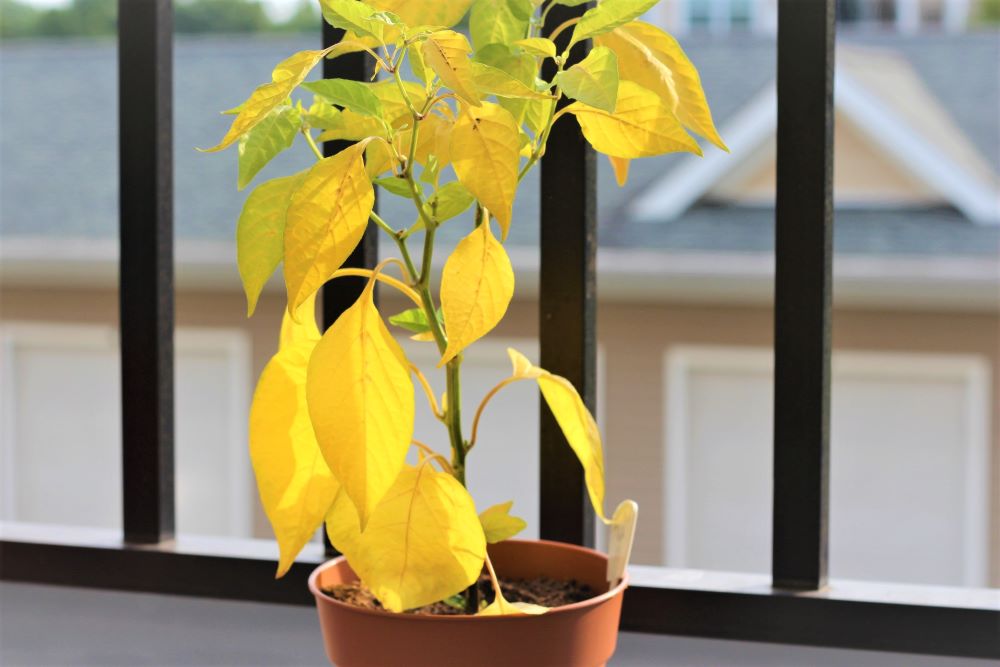
- A farmer spreading NPK fertilizer on a field. This image shows a farmer spreading NPK fertilizer on a field. The farmer is using a fertilizer spreader to evenly distribute the fertilizer over the field.

- A group of plants growing in a greenhouse. This image shows a group of plants growing in a greenhouse. The plants are all healthy and green, and are clearly benefiting from the controlled environment and the use of fertilizer.
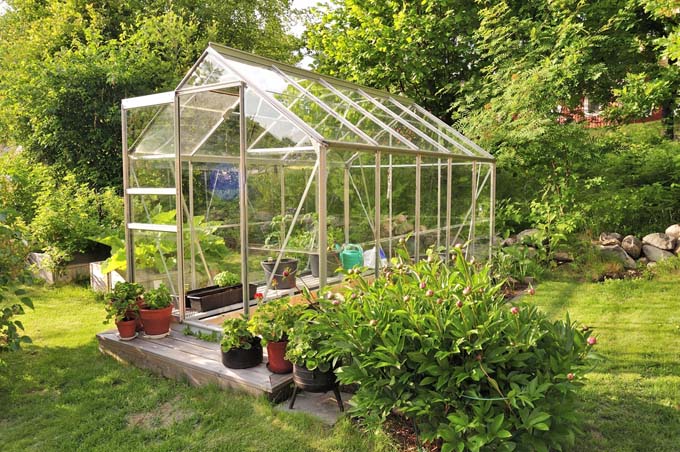
Post a Comment for "Npk Fertilizer: The Ultimate Guide To Choosing The Right One For Your Plants"